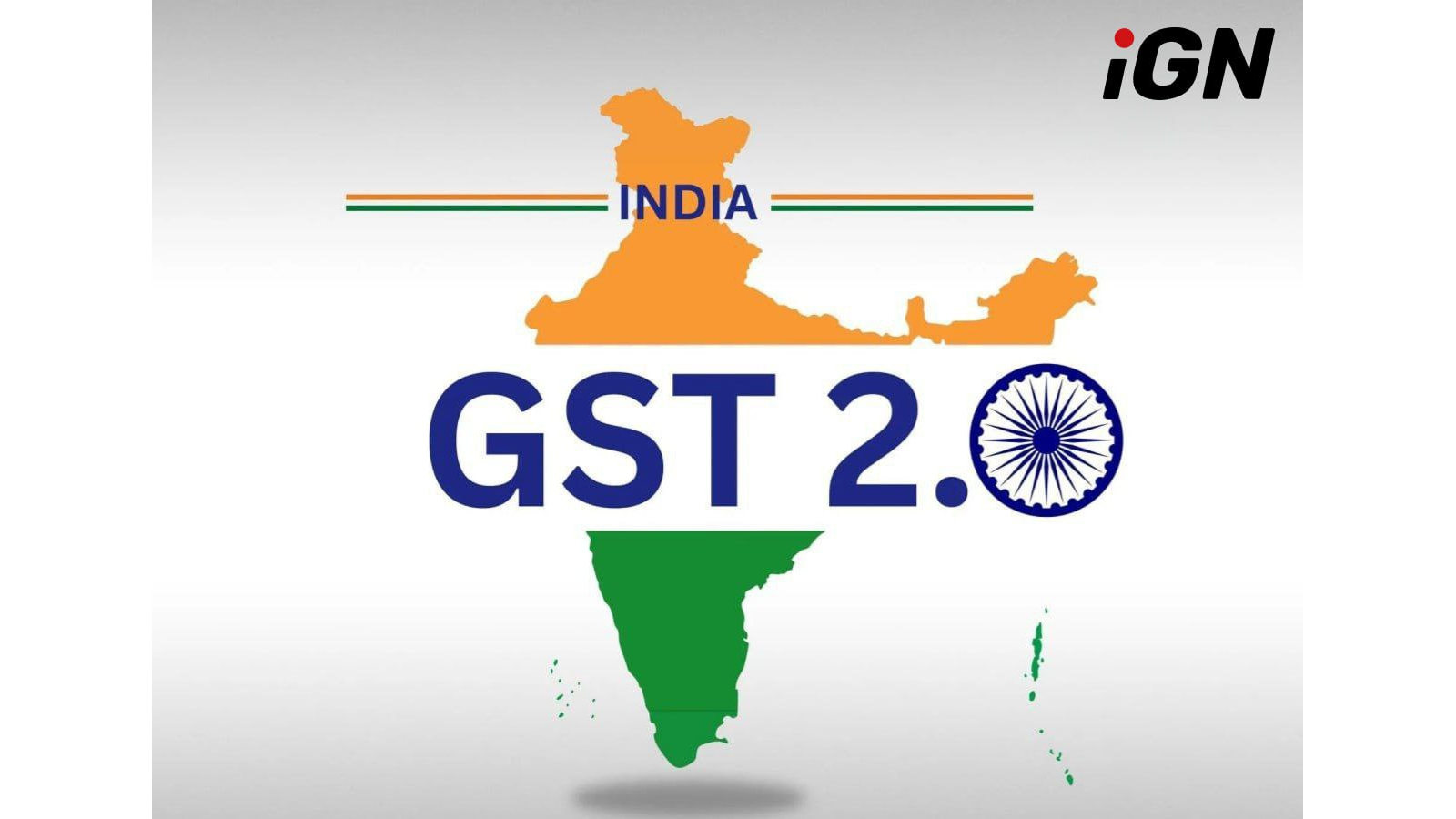India Introduces 40% Gambling Tax Under GST 2.0

Starting September 22, the Government of India rolled out the GST 2.0 tax reform, raising the tax rate for the entire gambling industry to 40%. The new rate applies to iGaming operators, land-based casinos, lotteries, and horse racing tracks.
What Changed in the Tax System
This is the largest reform since GST was first introduced in 2017. Previously, India had four tax slabs — 5%, 12%, 18%, and 28%. The new structure is simpler, with only two basic rates and one higher tier.
- 5% — for essential goods and services;
- 18% — for most categories;
- 40% — for “sin goods” and ultra-luxury items.
Industries Affected by the 40% Tax
The higher rate applies to the following sectors:
| Category | Examples |
|---|---|
| Gambling | iGaming, land-based casinos, lotteries, horse racing |
| Tobacco & Alcohol | Cigarettes, spirits |
| Sugary Drinks | High-sugar carbonated beverages |
| Sports | Tickets for IPL cricket matches |
Expected Impact of the Reform
The government expects that simplifying the system and reducing most rates to 5% and 18% will make goods and services more affordable. This, in turn, should boost consumer spending and leave households with more disposable income.
At the same time, the 40% tax on gambling and other “sin goods” is designed to increase government revenue and curb demand for socially harmful products.
Main Goals of the Reform
- Make the tax system more transparent and straightforward;
- Reduce the burden on mass-market goods and services;
- Collect additional revenue from luxury and gambling-related businesses;
- Tighten control over the gambling sector and harmful consumption habits.
Conclusion
In short, GST 2.0 simplifies India’s tax structure while placing greater pressure on gambling and health-risk industries. For operators, this means higher tax obligations, while consumers benefit from cheaper everyday products but face steeper costs for gambling and luxury goods.
